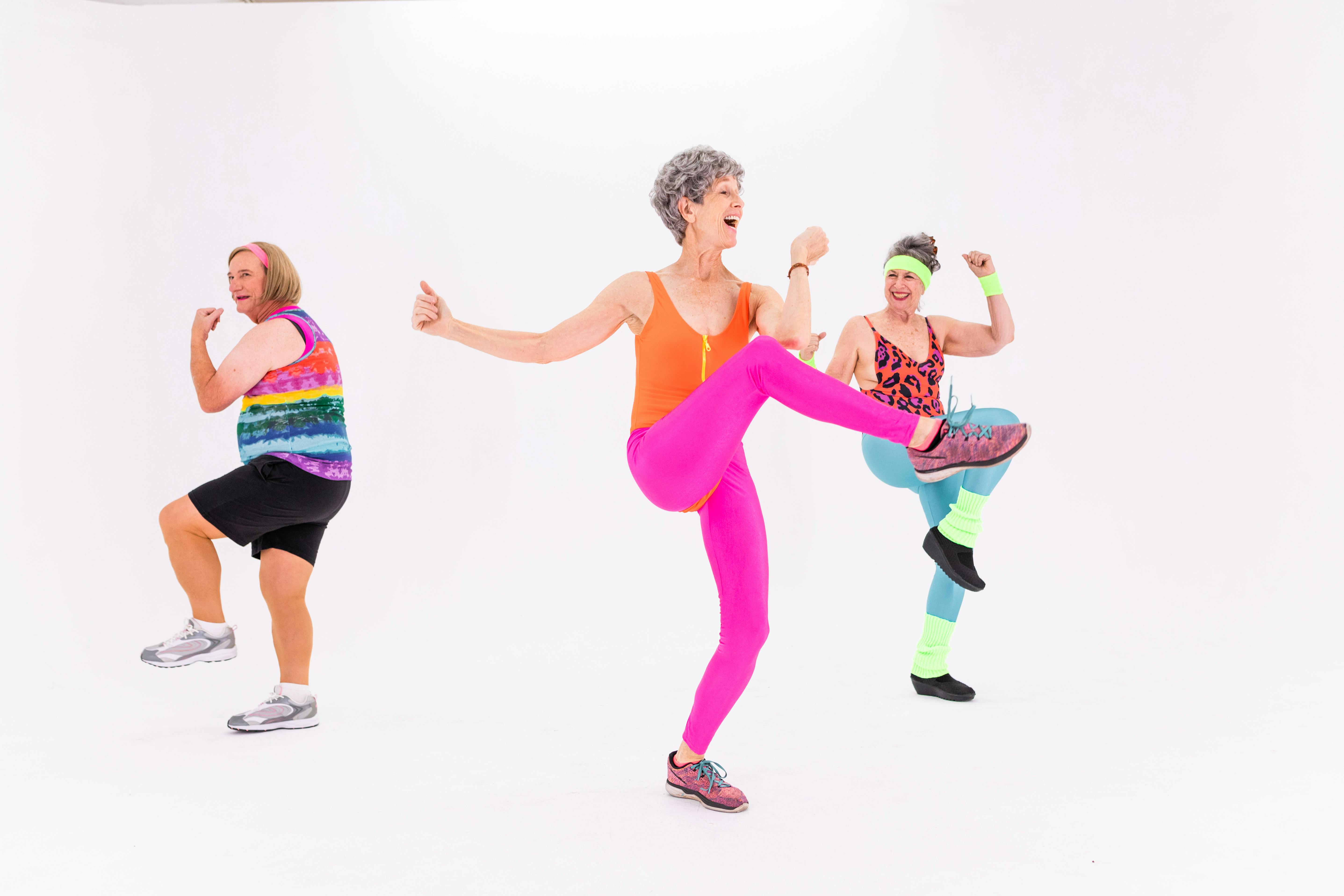
In a recent article, I suggested that you immediately take some photos and fitness measurements. If you’re not already doing so, I suggest you start taking these photos and fitness measurements once a week. It’s easy for us not to notice much improvement from week to week, but over time, these before and after images and fitness measurements will tell an amazing story of your progression.
This is what you should do each week:
- Take front, back, and side photos of yourself in your chonies. Be sure to clearly label the dates.
- Weigh yourself. (first thing in the morning)
- Take measurements of body fat. You can purchase a skinfold tester or visit your local gym.
- Take measurements: around the waist, chest, arms, neck and legs (thighs and calves). I like to keep my neck, biceps, and calves the same size.
Since most of us have a scale, a tape measure, and a camera, it’s easy to do these things on a weekly basis. That said, most people aren’t that familiar with body fat measurements. Body fat measurement is very close to your most important measurement.
The scale and the tape measure only tell part of the story.
If you crash diet and start to lose muscle, the scale and tape measure will cheer you up. They will tell you that you weigh less and that you will be able to wear smaller clothes. But the problem is that these measurements don’t tell you when you’re getting smaller and flabby.
I have mentioned the term skinny fat in a previous article. People who are “skinny fat” may be smaller than they were before, but still have a lot of body fat. You’ve seen them, limp and shapeless, looking like jelly.
YOU don’t want to be skinny fat. That is why you are on this site. Skinny and fat people are unattractive without clothes, and from what I’ve seen, they tend to be unmotivated, which is crazy.
Here are the four common ways to measure body fat, along with the ones you want to use and the ones you should avoid…
- Avoid body fat calculator. This is where you enter your height, weight, and other measurements into an online calculator. Forget about this, because it’s not exact.
- Avoid the body fat scale. This is just like a normal scale, except it’s supposed to measure body fat. Like the calculator, this tends not to be accurate, so I’d avoid it.
- Use body fat calipers. This is a good and quick option that you can use at home. Just buy a couple of body fat calipers and read the instructions. If you prefer, you can have a professional (such as a fitness trainer or doctor) measure you using body fat calipers. Either way is fine, as long as the measurements are done the same way each time.
- Use hydrostatic tests. This costs more money, but is the most accurate way to measure body fat. To save money, you may want to do this once now and once later to check your progress. For between tests, you can keep the tweezers.
That’s it for this time, I hope you’re picking up what I’m throwing. More motivation tips to come!
-David